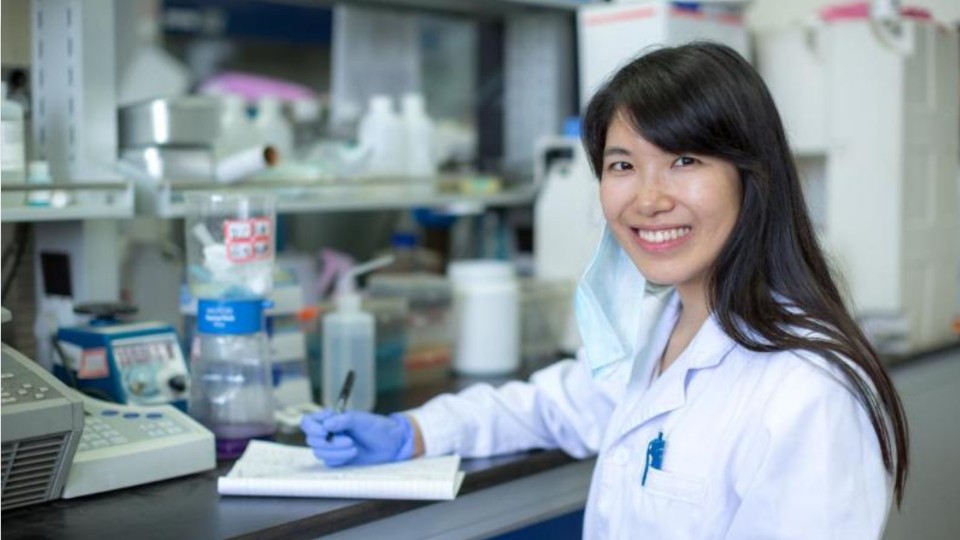Endoscopy Technicians
Certified Endo Tech (Certified Endoscopy Technician), Certified Flexible Endoscope Reprocessor (CFER), Endoscopy Technician (Endoscopy Tech), GI Tech (Gastrointestinal Technician)
What they do:
Maintain a sterile field to provide support for physicians and nurses during endoscopy procedures. Prepare and maintain instruments and equipment. May obtain specimens.
On the job, you would:
- Clean, disinfect, or calibrate scopes or other endoscopic instruments according to manufacturer recommendations and facility standards.
- Collect specimens from patients, using standard medical procedures.
- Perform safety checks to verify proper equipment functioning.
Knowledge
Arts and Humanities
- English language
Business
- customer service
Health
- medicine and dentistry
Education and Training
- teaching and course design
Skills
Basic Skills
- listening to others, not interrupting, and asking good questions
- reading work related information
Problem Solving
- noticing a problem and figuring out the best way to solve it
Abilities
Verbal
- communicate by speaking
- listen and understand what people say
Hand and Finger Use
- keep your arm or hand steady
- hold or move items with your hands
Ideas and Logic
- notice when problems happen
- order or arrange things
Personality
People interested in this work like activities that include practical, hands-on problems and solutions.
They do well at jobs that need:
- Cooperation
- Cautiousness
- Attention to Detail
- Dependability
- Integrity
- Self-Control
Technology
You might use software like this on the job:
Medical software
- MEDITECH software
- Patient electronic medical record EMR software
Presentation software
- Microsoft PowerPoint
Spreadsheet software
- Microsoft Excel
Education
Education: (rated 2 of 5)
high school diploma/GED or
certificate after high school
usually needed
certificate after high school
usually needed
Job Outlook
Average
New job opportunities are likely in the future.
Explore More
- Cardiovascular Technologists & Technicians
- Diagnostic Medical Sonographers
- Radiologic Technologists & Technicians
- Surgical Assistants
- Surgical Technologists
You might like a career in one of these industries:
See more details at O*NET OnLine about Endoscopy Technicians.





